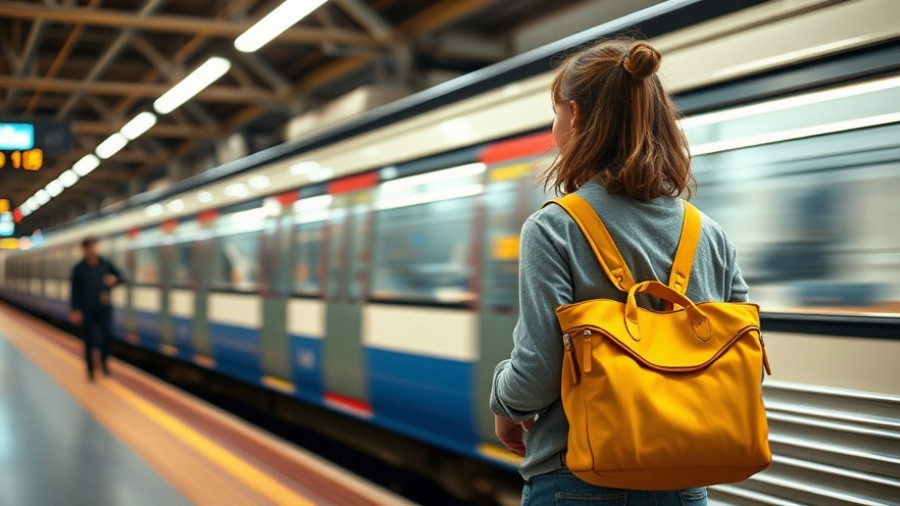
Understanding Nigel Farage's Controversial Claims
In a striking assertion, Nigel Farage, the leader of Reform UK, alleged that migrants are engaging in a shocking practice: killing and consuming swans and carp from London's Royal Parks. But what is the reality behind these claims?
The Royal Parks, which manage iconic spaces like Hyde Park and Richmond Park, quickly dismissed Farage's accusations. A spokesperson stated unequivocally, "We’ve not had any incidents reported to us of people killing or eating swans in London’s eight Royal Parks." Their wildlife officers work alongside the Swan Sanctuary to safeguard the welfare of these majestic birds, ensuring they thrive in a secure environment. So, why would such controversial statements emerge, and what impact do they have on community perceptions?
The Cultural Lens: A Broader Examination
Farage's comments echo a concerning trend where discourse around immigration often taps into sensational narratives. It brings to light an ingrained belief that different cultures may engage in harmful or unsavory practices that threaten local values. These stereotypes can cultivate an atmosphere of distrust within communities, complicating interactions between residents and newcomers.
In the UK, discussions around migration frequently spiral into unfounded fearmongering, reminiscent of Donald Trump's remarks about Haitian immigrants. This pattern not only oversimplifies complex social issues but also runs the risk of alienating groups trying to contribute positively to society.
Identifying Risks in Misinformation
At its core, misinformation can wield immense power— shaping public perception without a hint of factual basis. Reports of migrants 'eating swans' depicts an alarming image that could provoke anxiety and resentment among local communities. This phenomenon not only distracts from real issues, such as housing affordability and community integration efforts, but it also fosters harmful myths about cultural practices that do not exist.
With an ever-widening digital platform for spreading narratives, our responsibility as consumers of information is to remain vigilant. Understanding the origins and implications of such statements equips communities with the tools to combat false narratives.
A Call for Unity and Compassion
As young homeowners in London, there lies an opportunity to reshape the narrative surrounding our neighborhoods. Encouraging unity, understanding, and compassion can strengthen community bonds instead. Organizing local events that celebrate diversity can instead spotlight the positive contributions immigrants make to our city – from cultural festivals to collaborative community projects and local entrepreneurship.
By promoting an inclusive environment, we can counteract negative stereotypes and collectively embrace the rich tapestry of experiences that shape our urban landscape. It's essential to connect with our neighbors and build relationships based on respect and shared values.
Local Spotlights: Avenues for Inclusion
Local initiatives that highlight the voices of community leaders, both new and established, play a pivotal role in bridging gaps. Projects focused on sustainable living and eco-friendly practices can create common ground, drawing people together in meaningful ways. Hosting workshops that encourage DIY home improvement on a budget are just one example of engaging in proactive community building.
Let’s center our narratives around collaboration rather than conflict; rather than dwelling on sensationalized divisiveness, it’s time to highlight stories that inspire hope and connectedness. Every local cafe, market, or neighborhood association holds potential for creating valuable dialogues that reaffirm our shared interests and common goals.
Join the Conversation!
As London’s vibrant community continuously evolves, the call to action remains clear: let's engage with one another to navigate the unique challenges and opportunities that diversity brings. Invite a neighbor for coffee to discuss local events, volunteer at community clean-up projects, or participate in neighborhood gatherings. These small actions can bring about remarkable change. Together, we can cultivate a sense of belonging and bolster community ties in this ever-changing metropolis, by promoting understanding and compassion over misunderstanding.
 Add Row
Add Row  Add
Add 




Write A Comment